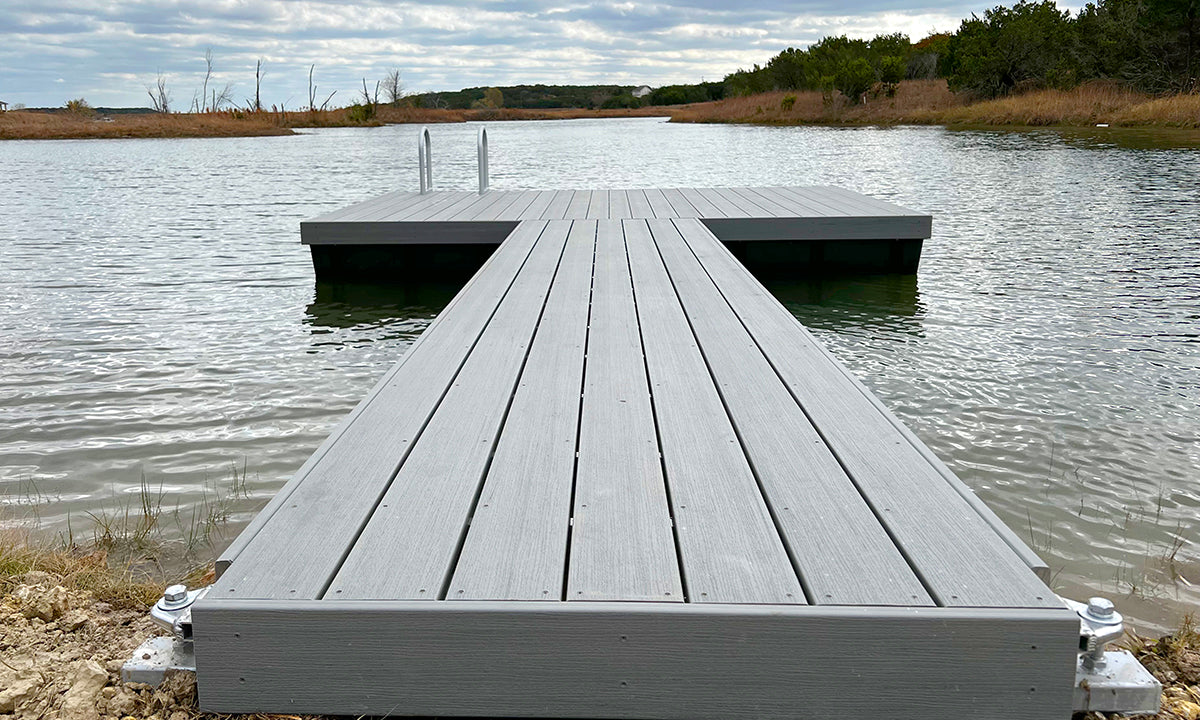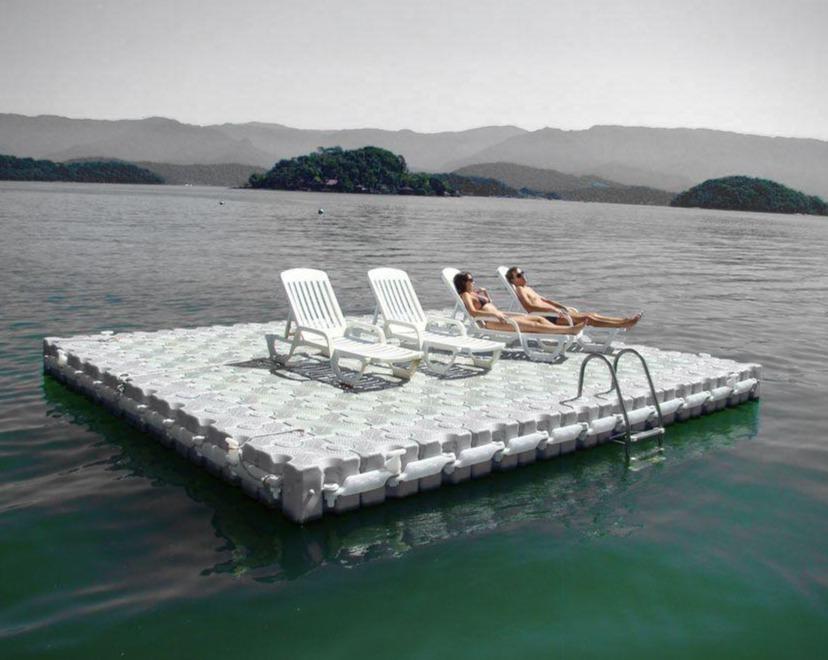Cutting-edge Floating Docks: The Future of Waterfront Access and Entertainment
Cutting-edge Floating Docks: The Future of Waterfront Access and Entertainment
Blog Article
Upgrade Your Waterfront With Sturdy Floating Docks
Upgrading your waterside with sturdy floating docks can substantially boost both functionality and appearances, offering a flexible remedy for various water activities. With a variety of products readily available, consisting of low-maintenance alternatives and traditional wood, selecting the best dock can match your personal style and meet functional demands.
Advantages of Floating Docks
Floating docks offer a multitude of advantages that enhance their allure for numerous maritime applications. Unlike typical fixed docks, floating docks rise and autumn with the trend, making certain regular access for boats and watercraft regardless of ecological conditions.
In addition, floating docks are simpler to set up and relocate, offering versatility for temporary or seasonal usage. Their modular design allows for modification to fit details demands, whether for exclusive marinas, domestic waterfronts, or business applications.
Furthermore, floating docks create minimal disruption to the marine atmosphere, protecting local environments and minimizing the chance of erosion. They likewise give boosted safety and security for customers, as their buoyant nature provides an extra forgiving surface than inflexible frameworks.
Additionally, floating docks can promote a varied range of activities, such as fishing, swimming, and entertainment boating, making them a valuable asset for waterside advancement. Their versatility and practicality make floating docks a preferred option for a range of marine tasks.
Selecting the Right Materials
Selecting appropriate materials for floating docks is important to their durability, efficiency, and total performance. When picking products, take into consideration variables such as ecological exposure, upkeep requirements, and structural integrity. Common products consist of timber, plastic, light weight aluminum, and composite choices, each offering unique advantages and disadvantages.
Timber, while cosmetically pleasing, calls for routine maintenance to avoid rot and decay. Pressure-treated wood can boost resilience, however it may still give in to water damages in time. Plastic floats, typically made from high-density polyethylene, are resistant to rust and require marginal maintenance, making them an appealing option for low-maintenance applications.
Aluminum is another sensible alternative, understood for its strength and light-weight properties. It is immune to corrosion and can stand up to extreme climate condition, although it might be much more expensive than various other materials. Compound materials incorporate the finest attributes of wood and plastic, providing a low-maintenance and resistant alternative that resembles the look of wood without the connected disadvantages.
Ultimately, the selection of product must line up with the intended use, ecological considerations, and spending plan restraints, ensuring a useful and resilient floating dock that meets your certain needs.
Setup Refine Summary
The effective installation of a floating dock counts on careful planning and implementation, ensuring that it operates properly in its intended atmosphere. The initial step includes evaluating website problems, including water depth, coastline attributes, and dominating climate patterns, which will certainly inform the dock design and anchoring system.
Complying with the website assessment, the next phase is to prepare the floating dock elements. This consists of putting together the framework, safeguarding drifts, and attaching any required equipment. It is crucial to ensure that all connections are waterproof and durable to hold up against aquatic problems.
When the dock is set up, the installment procedure starts with placing the dock in the water. This can entail a crane or various other lifting tools, particularly for larger frameworks. Appropriate positioning is crucial for capability and safety and security.

Maintenance Tips for Longevity
Routine maintenance is necessary for guaranteeing the long life and ideal efficiency of a floating dock. To attain this, begin with regular evaluations at the very least twice a year, concentrating on the integrity of the dock's framework, including the flotation protection devices and linking equipment. Search for signs of corrosion, wear, or damages, and deal with any problems without delay to stop additional degeneration.
Cleaning is one more vital aspect of upkeep. Remove particles, algae, and barnacles from the dock's surface to stop slippery problems and keep aesthetic allure. Utilize a soft brush and a mild cleaning agent to avoid harming the dock's materials.
Furthermore, ensure that the dock is appropriately secured and safeguarded to hold up against seasonal changes in water levels and climate condition. Check the anchoring system for stability and make adjustments as needed.
Enhancing Your Exterior Visual
To go to these guys develop a visually attractive outside area, integrating a drifting dock can significantly enhance the overall aesthetic of dock company your waterfront residential property. Floating docks are not just useful yet can additionally offer as a striking focal factor that matches the all-natural environments - floating docks. Available in various products and layouts, these docks can be personalized to match your residential property's architectural style and landscape
The addition of attractive components, such as integrated lighting or stylish barriers, better raises the dock's visual appeal. Take into consideration making use of natural wood coatings, which mix perfectly with the environment, or selecting modern-day products like light weight aluminum or composite decking that offer a sleek, modern look.
Tactically positioning planters or seating locations on or around the dock can produce welcoming spaces that motivate leisure and enjoyment of waterfront sights. Additionally, incorporating shades and textures that integrate with your landscape will develop a cohesive visual throughout your outside location.

Verdict

Upgrading your beachfront with durable floating docks can considerably boost both functionality and aesthetics, offering a functional solution for different water tasks. Unlike conventional fixed docks, floating docks rise and autumn with the trend, ensuring constant access for boats and watercraft regardless of ecological problems.Selecting suitable materials for floating docks is essential to their longevity, performance, and general efficiency.As soon as the dock is assembled, the installation process begins with placing the dock in the water.In recap, floating docks offer various advantages, including versatility to water degree adjustments and a selection of material options.
Report this page